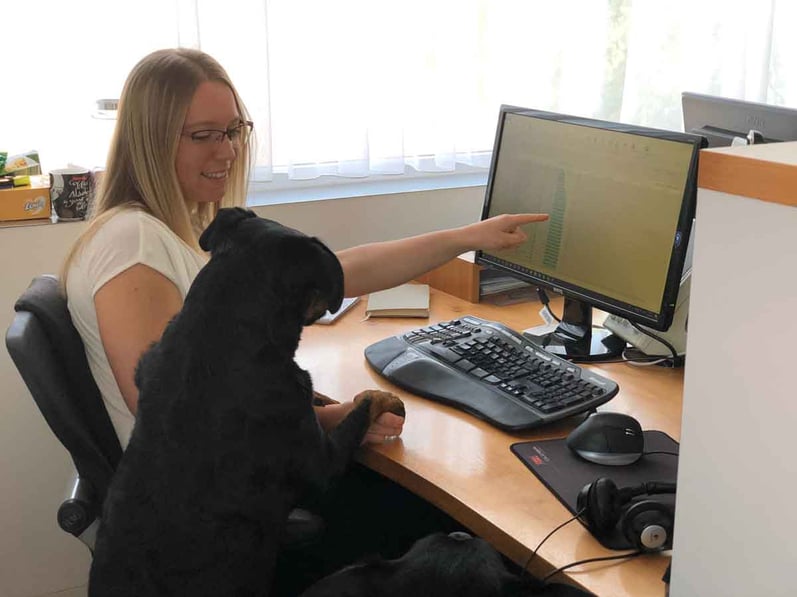
There are a number of ways help ensure a high-quality translation. The two main options are quality assurance and reviews. But what exactly is the difference? MEINRAD explains.
Incorrect or poor translations don’t just make the associated product, brand or company look bad – they can have serious safety implications and put people in danger. So all companies should be interested in getting high-quality translations. To help with that, in addition to using specialist translators, there are two main options: quality assurance and reviews.
Computer-assisted quality assurance checks
Quality assurance is part of every translation project. Once the text has been translated, the translator and/or the project manager carry out what’s known as a QA check (QA is short for quality assurance). It involves a software feature built in to the CAT tool and allows formal errors to be detected by the computer. These checks can be adapted to meet clients’ individual requirements, and usually cover the following criteria:
- Incorrect or missing numbers
- Double spaces
- Missing spaces
- Inconsistent translations
- Character limits
- Missing formatting such as bold/italics
- Punctuation
Terminology checks
Another useful computer-based tool is the terminology check, which can be carried out as part of a QA check. It ensures that the translator has used the terminology required by the client – provided the term base has been properly maintained, that is. If terms haven’t been entered correctly in the term base, or if multiple translations have been given for one term, the terminology check could produce hundreds of incorrect warnings. This is simply because computers, unlike humans, can’t easily recognize a modified form of a word.
How the QA check works
Within a few seconds (or minutes, depending on the length of the text), the computer checks the text on the basis of the previously defined criteria and produces a list with warnings. The job of the translator or project manager is then to go through the list, and if necessary to make changes to the relevant sentences/words or to arrange for someone to make these changes. So a QA check should be thought of as a software-based review for formal errors in a text. Unlike in a review, the content of the text is not checked. But that doesn’t mean it’s not worth doing: even what seem to be minor details can be critical and have a huge effect on the overall quality of a translation. QA checks can be very helpful in identifying sources of errors in longer texts in particular.
What else does quality assurance involve?
Quality assurance goes beyond the computer-assisted QA check. The project manager is responsible for ensuring that the translator uses the reference materials and follows the specific instructions from the client. The aim of quality assurance is to identify and eliminate issues which may impair the quality of the end product.
Reviews – two heads are better than one
Unlike the formal checks carried out in the course of quality assurance, a review focuses on the content of the text. It goes without saying that the risk of errors can be reduced even further by getting a translation produced by one specialist translator to be reviewed by another translator. ISO 17100, the international standard for translation services, stipulates the same stringent requirements for the reviewer as for the translator (read more here). The reviewer must be someone other than the translator, and in short their job is to compare the target text with the original text for any errors or other problems and check that it fulfils the purpose of the original. They can either make the necessary changes themselves, or they can suggest changes for the translator to make.
Here’s a table summarizing the key differences again:

Review vs. proofreading
If you want to play safe and get your texts reviewed by another translator in accordance with the ISO 17100 criteria, you need to find out what exactly the translation agency mean when they use terms like “proofreading”, “editing”, “correction”, “checking”, “4-eyes principle” and so on. Although they’re frequently used synonymously, more often than not they don’t mean the same as a review. So it’s better to double check and ask them for exact definitions. And a conventional review as described above isn’t the only way to check the quality of a translation: an SAE-J2450 revision can also prove very useful. Whichever option(s) you choose, reviews and computer-aided QA checks will give you the high-quality translations you need.
Main image: © MEINRAD


